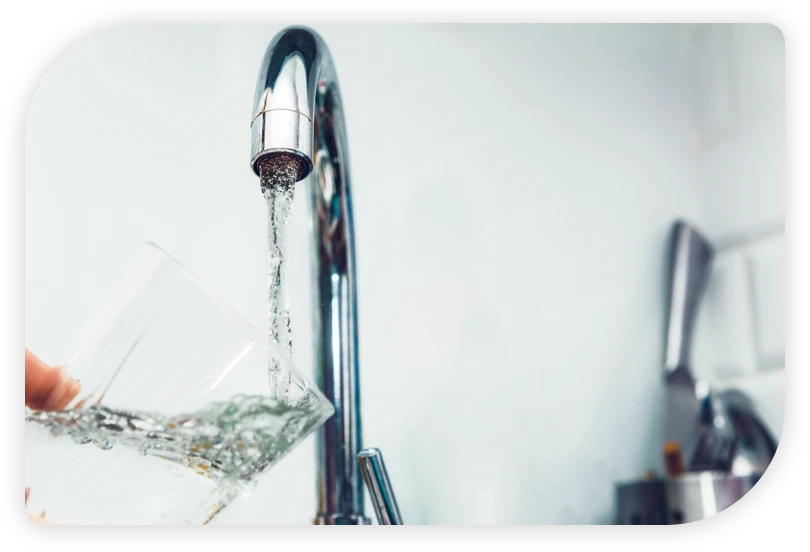Various Applications of Nanofiltration
What is Nanofiltration & how can it be applied?
Nanofiltration is also a membrane filtration-based process that is sometimes referred to as “membrane softening” and is an attractive alternative to lime softening or sodium ion exchange softening technologies. Nanofiltration is used where the high salt rejection of Reverse Osmosis is not necessary while still removing elements such as Calcium or Magnesium. Research in membranes as well as other developments in recent years have extended the use of Nanofiltration into a wide range of industries.

Nanofiltration in Food & Beverage Industries
Used for partial demineralization of whey, concentration of lactose in whey UF permeate, and Cleaning in Place wastewater treatment in the dairy industry.
Nanofiltration FAQs
Nanofiltration can be used in a range of water and wastewater treatment businesses for the efficient removal of ions and organic materials. It is occasionally utilised as a pre-treatment for reverse osmosis. Nanofiltration is frequently used in the production of pharmaceuticals, dairy products, textiles, and baked goods in addition to water purification. Integra Water Systems have a lot of expertise using nanofiltration devices to fix issues with water treatment.
Demand for effective membrane filtration techniques like nanofiltration has increased as a result of more strict water quality standards.
Since nanofiltration offers better flux rates and requires less energy than a reverse osmosis system, it is occasionally used to recycle wastewater. With a few minor variations, reverse osmosis and nanofiltration have a lot of similarities in their construction and operation.
The reverse osmosis membrane is “tighter” than the nano membrane, which is the primary distinction. It operates at a lower feedwater pressure and is less efficient than the RO membrane at removing monovalent ions from water. Nanofiltration membranes, which possesses looser membranes require less pretreatment than reverse osmosis systems and are less likely to foul or scale.
Thin film composite membranes are used in nanofiltration. They are distinct in that they deflect or reject (defractionation) divalent ions like nickel, copper, chrome, and cobalt. Because nanofiltration membranes have a very high membrane flux, they can operate at lower system operating pressures.
The Nanofiltration family of thin film composite membranes’ resistance to fouling is one of its distinguishing features. The membrane needs little downtime for cleaning, especially in acid streams. Because of the low molecular weight cut off range of 200–300, nanofiltration is incredibly effective at removing impurities from Acids & Bases so that the product can be reused.
The pore size of a nanofiltration filter is about 0.001 micron. Most organic molecules, almost all viruses, most naturally occurring organic debris, and a variety of salts are all removed using nanofiltration. Nanofiltration is frequently used to soften hard water because it removes the divalent ions that cause it to be hard.
See How Integra Can Help!
See What Our Water Solutions Clients Are Saying
